I put up the back-sight for 250 yards and took a steady shot … .
The other stags paused, and I put up the 300 yards back-sight … .
Again I heard the bullet strike.
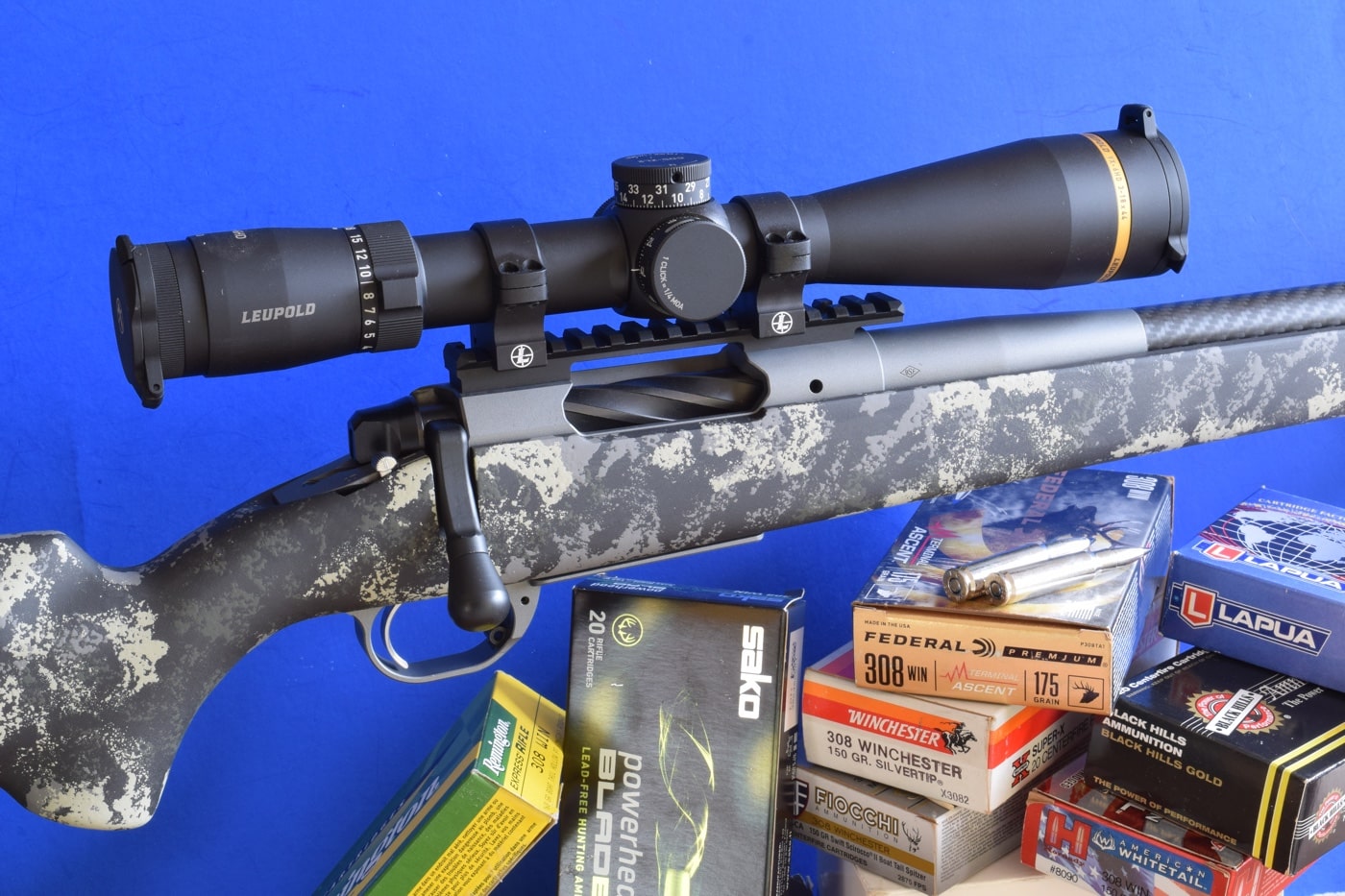
A rifle, here a Springfield Armory bolt-action Model 2020 Boundary, should be zeroed by the shooter with a specific load at a chosen distance using the owner’s preferred scope.
Decades later, a gun enthusiast in southern Africa measured the beads of Victorian-era rifles.
He confirmed the sight on Bakers .577 would have subtended 24 inches at 300 yards a stags entire chest.
Leaping from his horse to fire offhand at twice that distance, Baker tapped all his big-bores precision!
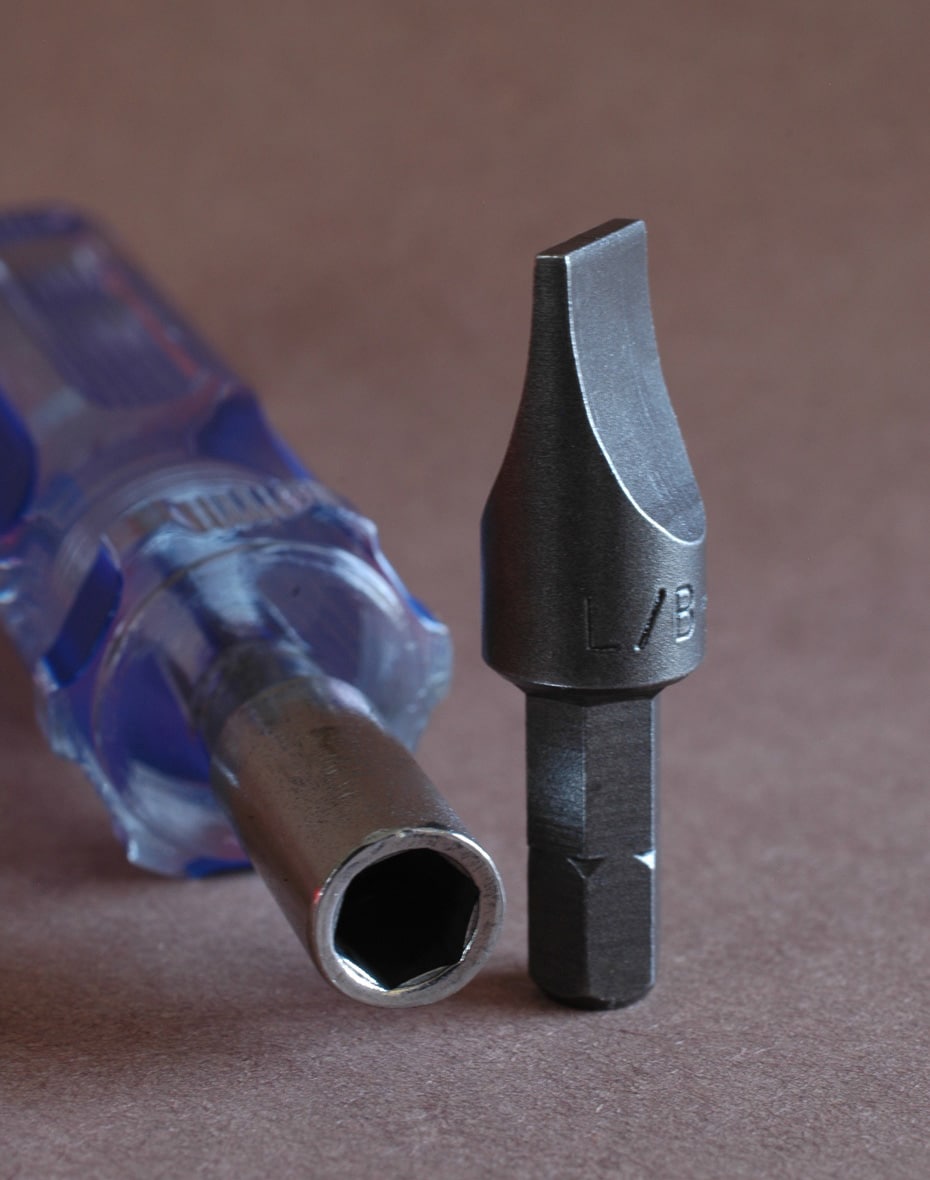
Use hard, hollow-ground, snug-fitting screwdriver bits (here from Brownells) to tighten scope mounts.
The sobering truth is that celebrity doesnt kill game.
And no rifle hits by itself.
Before its aimed, a rifle must be zeroed, or sighted in.
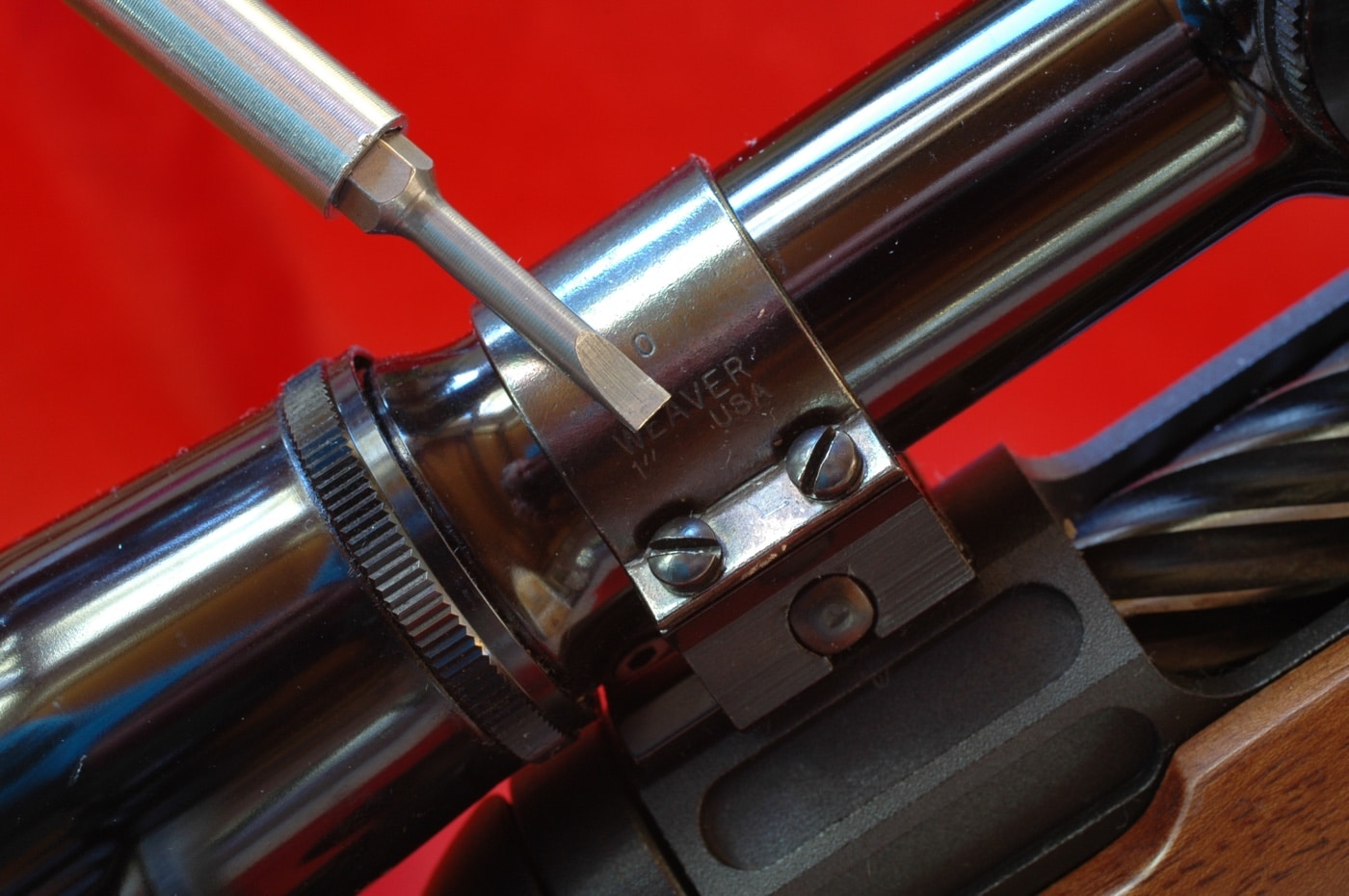
Snug ring screws to 18 in-lbs. To be sure, check with a torque wrench (the bit here by RealAvid).
When rifles were routinely factory-fitted with open sights, unschooled shooters assumed bullets would go to the bead.
Only by happenstance did they imperil targets smaller than watermelons.
Rudimentary open sights were drifted laterally with a punch, and raised on a notched ramp.
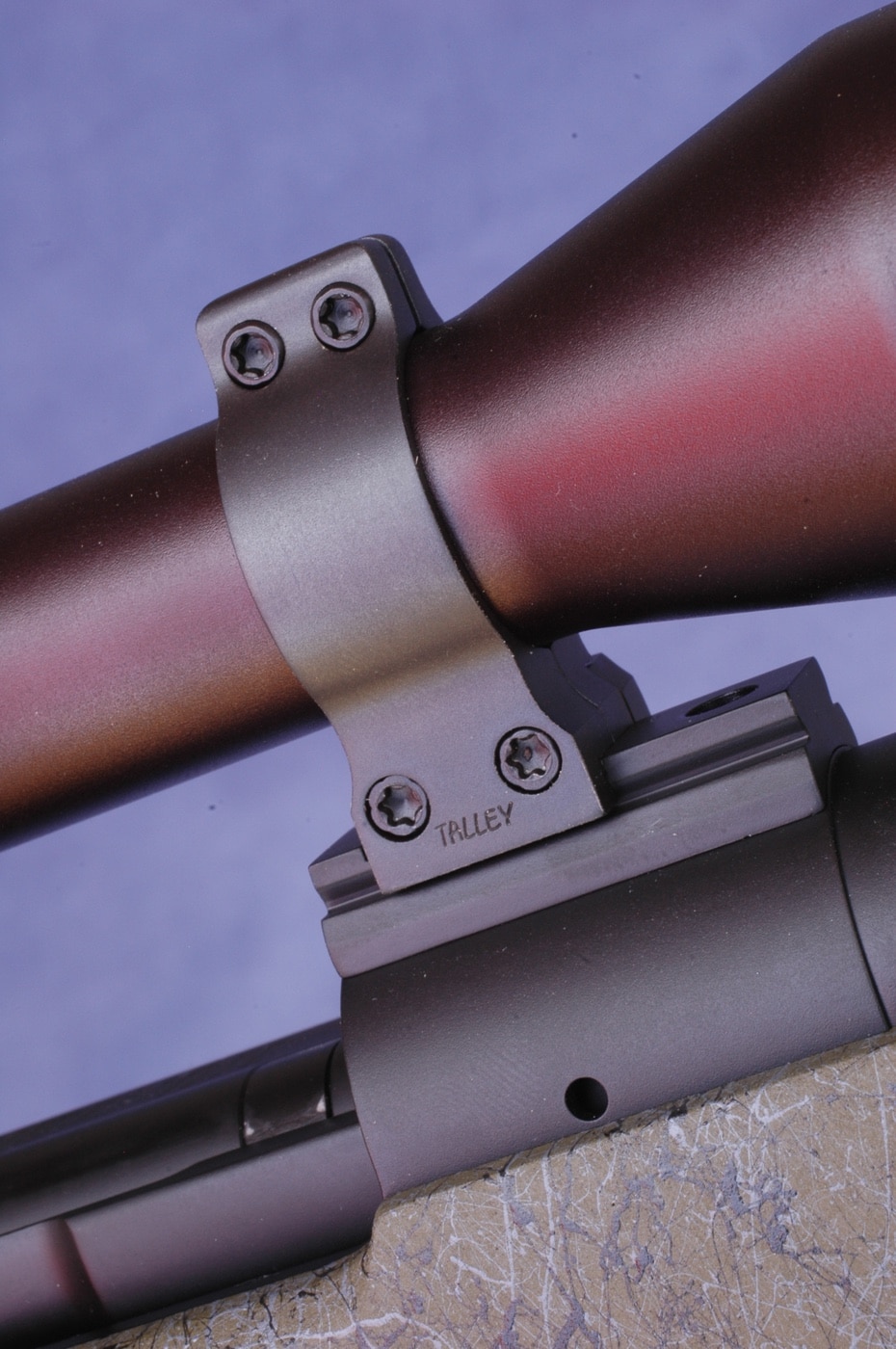
Torx heads, here in Talley rings, are replacing slotted and Allen head screws in many scope mounts.
A receiver- or tang-mounted peep sight made windage and elevation (W/E) adjustments easier.
With fingers or screwdriver, the aperture could be moved incrementally and precisely.
Sadly, peep sights are going the way of the dodo.
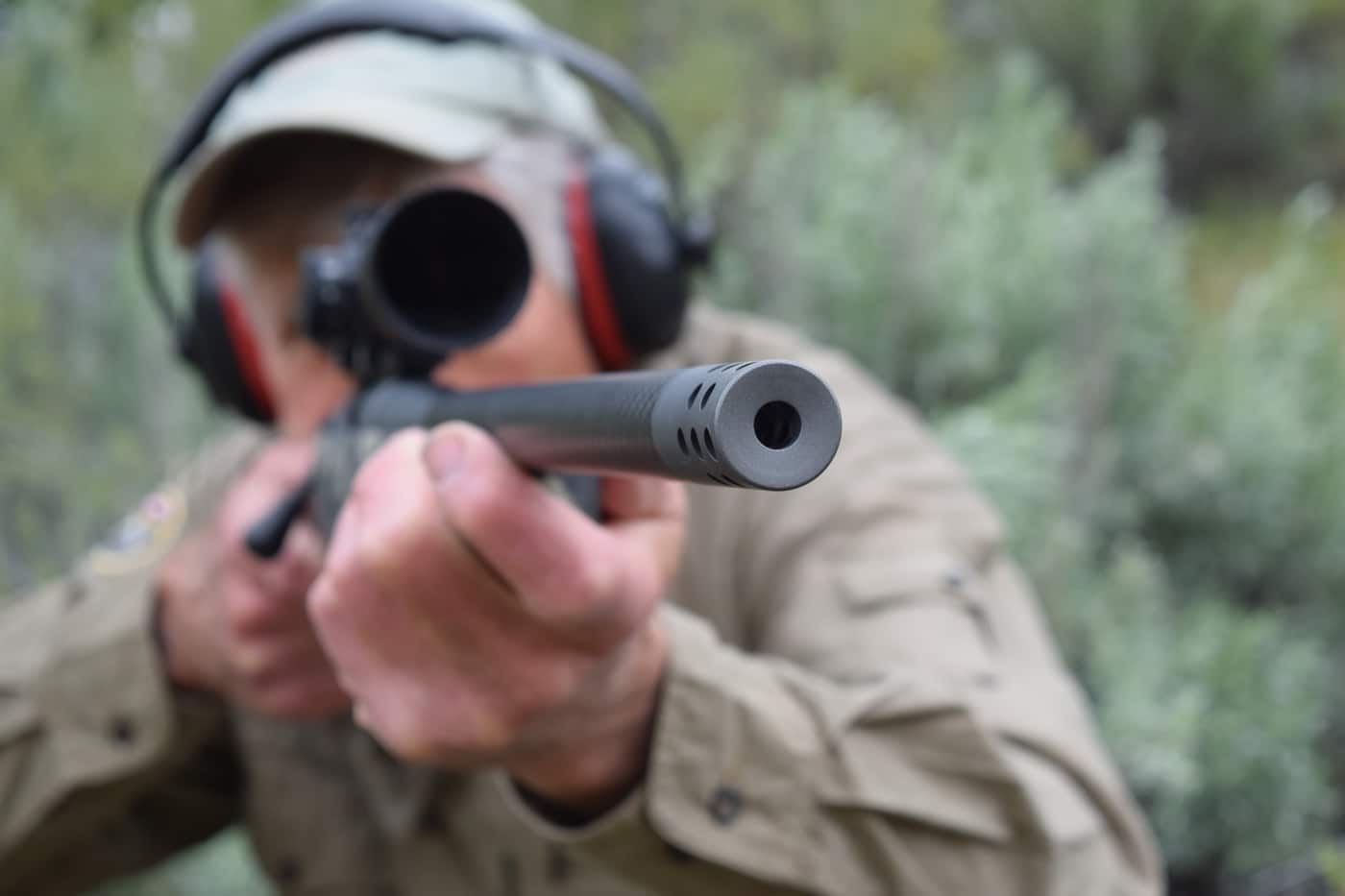
After zeroing at a bench, check bullet impact and practice from field positions. Use hunting loads to ensure you have the skill to ethically take game.
The Williams 5D of my youth cost $5 then; now it lists for 10 times that.
Whatever the sight, firing is necessary to zero a rifle.
A scope packaged for sale with a rifle isnt zeroed for you.

Competitors zero aperture sights and scopes for dead-on holds at 600 yards. Most “shade” for wind.
Nor is a second-hand outfit, however many deer it has taken.
The same is true for scopes, if to a lesser degree.
The first day he missed a standing buck at 80 yards.
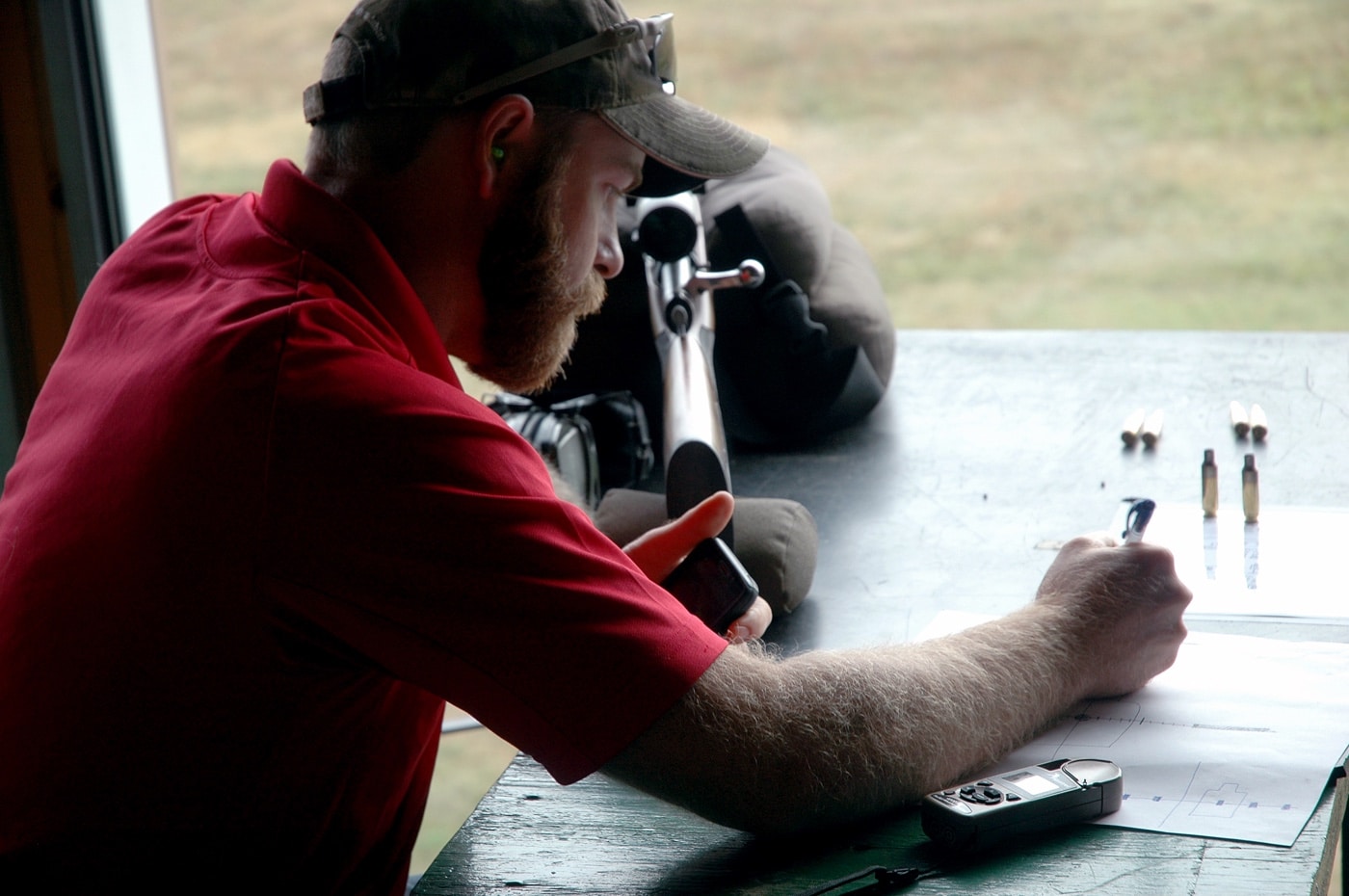
After checking scope mounts and bore-sighting, fire for zero from a bench. Take your time and take notes.
My suggestion that he check zero went nowhere.
Next morning, he missed a buck four times at shorter range.
Step-by-Step
The frightful cost of centerfire ammo these days argues against pre-season shooting.
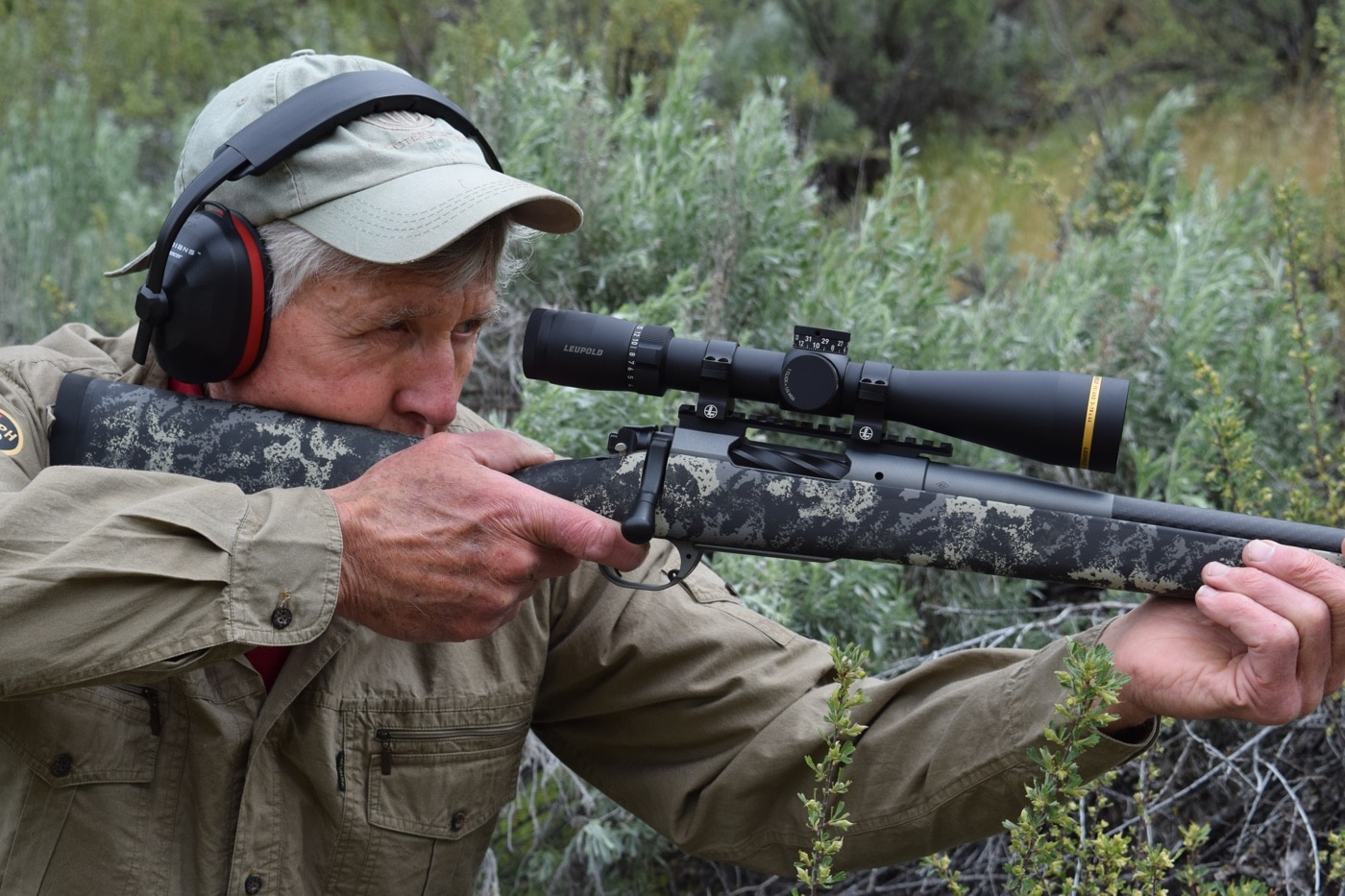
Knowing reticle subtentions, you can get a rough range read quickly as you aim, speeding your shot.
But the first steps to a practical, enduring zero are free.
Check that bases are tight.
Grease bases of dovetail rings before turning them into their slots.
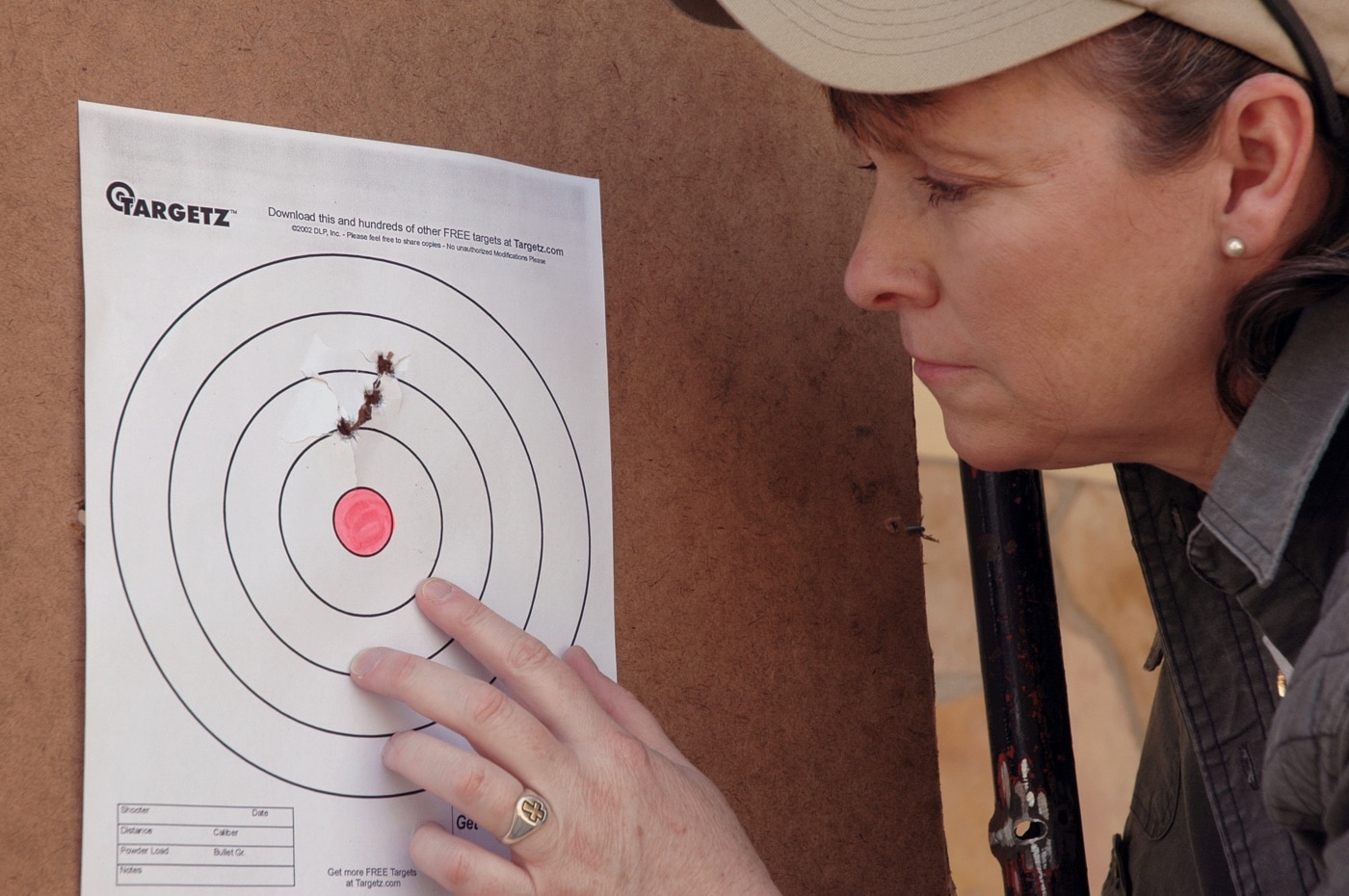
This 100-yard group is about 2 ½ inches high. Bullets from her .280 should now hit spot-on at 200.
(Use a 1-inch dowel, not the scope!)
Lay the scope in the rings, screws loose or top ring halves absent.
To prevent scope damage, leave 1/8 inch free tube between the rings and turret and tube junctures.

Firing at targets farther than you would at game schools you in drift and trajectory, and helps instill confidence.
Mark the scope with a pencil at a ring.
Now, square up the reticle.
Snug rings lightly, heeding your pencil mark.

This left-side turret dial brings the target into sharp focus and eliminates parallax error at that range.
Rotate the scope slightly toward the lip side; cinching it down will rotate it back.)
Tighten ring screws alternately, like lug nuts on a wheel, to 18 inch-pounds.
Ensure that the front of at least one ring bears against the lugs of a Weaver or Picatinny rail.

Long shots afield reward careful zeroing and checks on bullet impact at 250, 300, 350 and 400 yards.
Bore Sight
With the rifle in a vise or cradle or on sandbags, remove the bolt.
Looking through the bore, center a distant object.
My mark is a white rock on a hillside half a mile off.

A .308 rifle zeroed at 200 yards claimed this hunter’s first pronghorn. No need for magnum reach or recoil!
Without moving the rifle, use the W/E dials to bring the scopes reticle onto the object.
For lever- and slide-action rifles and autoloaders that dont allow bore-sighting, there are collimators.
Inserted in the muzzle, a collimator puts a graduated screen in front of your scope.

Adjust the reticle to center that screen.
Most scopes for the U.S. market have quarter-minute dial graduations.
A minute of angle is 1.047 inches, usually rounded to 1.
At 35 yards, 12 clicks shift impact an inch.
Drag applies brakes, pulling it into a steeper descent.
A zero closer than 200 yards will keep bullets nearer sight-line at short range but reduce point-blank range.
In variable scopes with second-plane reticles, subtentions change with power changes.
I measure subtentions at 4x, the magnification I use afield.
With first-plane reticles, subtentions remain constant throughout the power range.
Get Off the Bench
Shooting position affects your bullets path.
Re-bedding halved that disparity.
I then zeroed from prone, because on a hunt I usually shoot with my Brownells Latigo sling taut.
While a bench is inert, your body comprises pulsing blood, twitching nerves and quivering muscles.
First step to a stable field position: orient yourself so the rifle wants to point at the target.
If you force it there, it will rebel, lurching toward its natural point of aim.
Give the rifle bone support.
Remember: it moves as you crush the trigger.
The striker sets up vibrations as it drops.
The bullets launch adds violence and torque.
The sling, rest or bipod contribute bounce as the shuddering barrel slings the bullet downrange.
Too Far Out?
These days, as long-range hits make news, long zeros have appeal.
Better to zero at 200 and aim spot-on to 250.
Shade a hand high at 300.
A top-of-the-withers hold works at 350 farther than you should have to fire at game.
Zero with the scope power setting youll likely use afield.
At 4x you get a target image akin to what you see with the naked eye at 100.
Besides limiting brightness and shrinking field, high magnification puts each muscle twitch on the Richter scale.
A reticle that quivers to your pulse at 4x dances wildly at 16x.
Your tiring muscles bounce.
Target size should match the sight.
At 100 yards with a 4x scope, I often use a 6-inch white paper square on brown cardboard.
The reticle and bullet holes show up on both.
The square is easy to quarter; groups are as small as I shoot with smaller marks.
Next, dial 20 down and fire.
Then move 20 left and fire, finally 20 up to your zero setting and fire.
Groups should be 5 inches apart, the last upon the first.
But for a hunting scope whose dials will stay put after zeroing, the result is mostly academic.
But this scope holds zero.
With it I killed a fine bull elk.
Repeatable, resettable W/E dials with zero stops tempt long-range enthusiasts to add elevation for center holds far away.
Not a cardinal sin, this introduces a variable you could do without.
Load-specific trajectory-matched elevation dials cut for spot-on hits at distances marked on the dial are popular.
Those Ive used from Leupold and Greybull have worked without fault to extreme range.
Scopes for centerfire rifles are typically corrected for parallax at 100 or 150 yards.
Off-axis aim can cause a miss.
If your eye is on-axis, parallax wont result in aiming error at any range.
Many scopes now have a focus/parallax dial on the turret.
Set it for the target distance when zeroing and, afield, for likely shot distances.
Zero shift over time is not as common as people who miss shots might believe.
A wood stock can squirm as it dries or absorbs moisture; hot barrels can walk.
But changes in loads, range conditions and shooting positions are more likely the cause of errant shots.
Time on the trigger brings confidence in a rifle and its zero.
Any well-zeroed rifle can seem more accurate than it is.
Think what it’s possible for you to get out of a truly accurate rifle that is properly zeroed?
Go to forum thread




